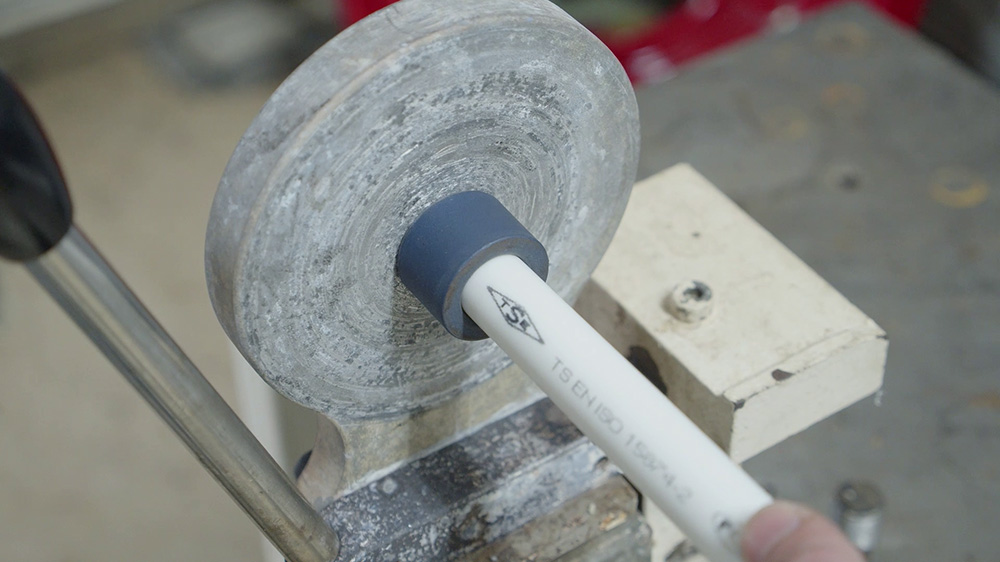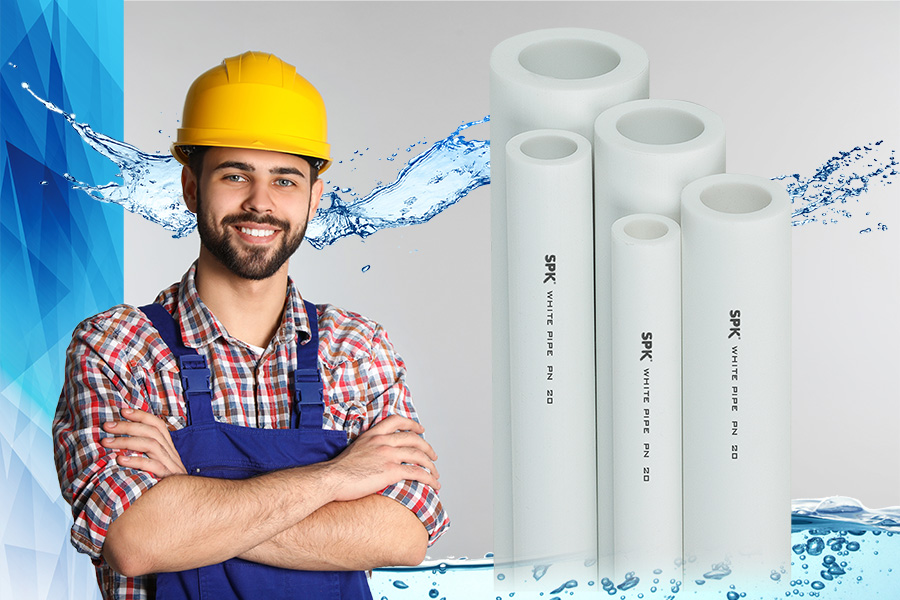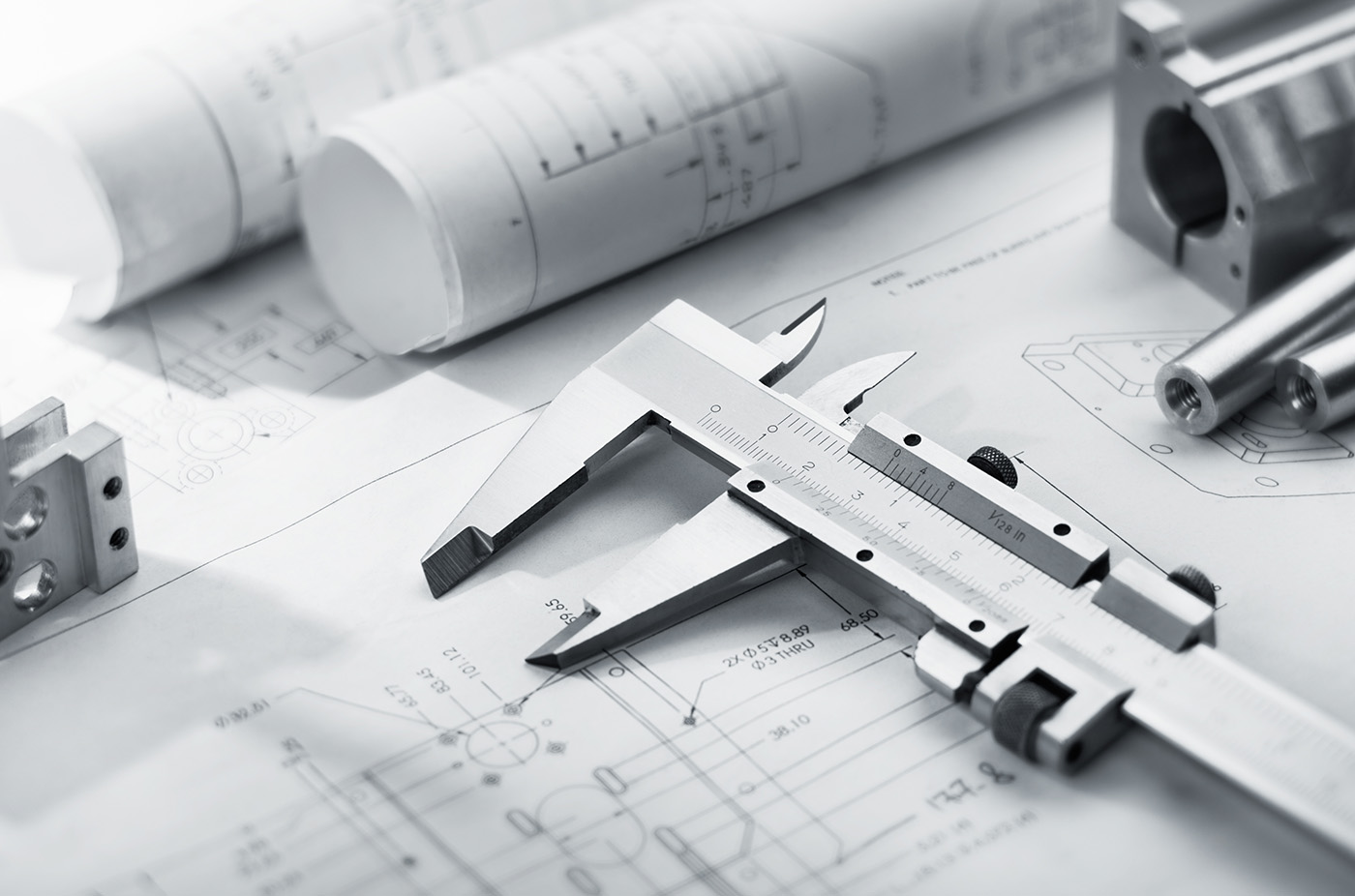• Welding of PPR pipe systems should be performed according to DVS rules and with the right equipment. • Equip the welding machine with suitable size and do not use tools with worn teflon coverage. • The welding machine should be turned on and reach the appropriate temperature [260 ±10 °C• Products prepared for welding should be cleaned. Products must be dust-free, oil-free and dry. • The products to be welded are placed on the welding socket per...
Thermal expansion in PP-R (Polypropylene Random Copolymer) pipes, including Glassfiber reinforced and Aluminium foil reinforced types, is a crucial aspect of their application in plumbing systems. PP-R pipes, like all plastic pipes, are subject to more significant expansion and contraction due to temperature changes compared to metal pipes. The linear thermal expansion coefficient (α) for standard PPR pipes is 0.15mm/m⋅°K .This coefficient means ...
The operating life of PPR (Polypropylene Random Copolymer) pipes according to DIN 8077 standards depends on several factors including years of service, temperature, and pressure. Generally, PPR pipes are known for their long service life, but the specific operating life can vary based on the conditions they are subjected to. You can find the standard according these factors bellow.
Welcome to our guide on PPR (Polypropylene Random Copolymer) pipes, adhering to the standards of DIN8077. You can find the insights into the dimensions and tolerances essential for PPR piping in this article. The following table encapsulates these measurements for your reference.




